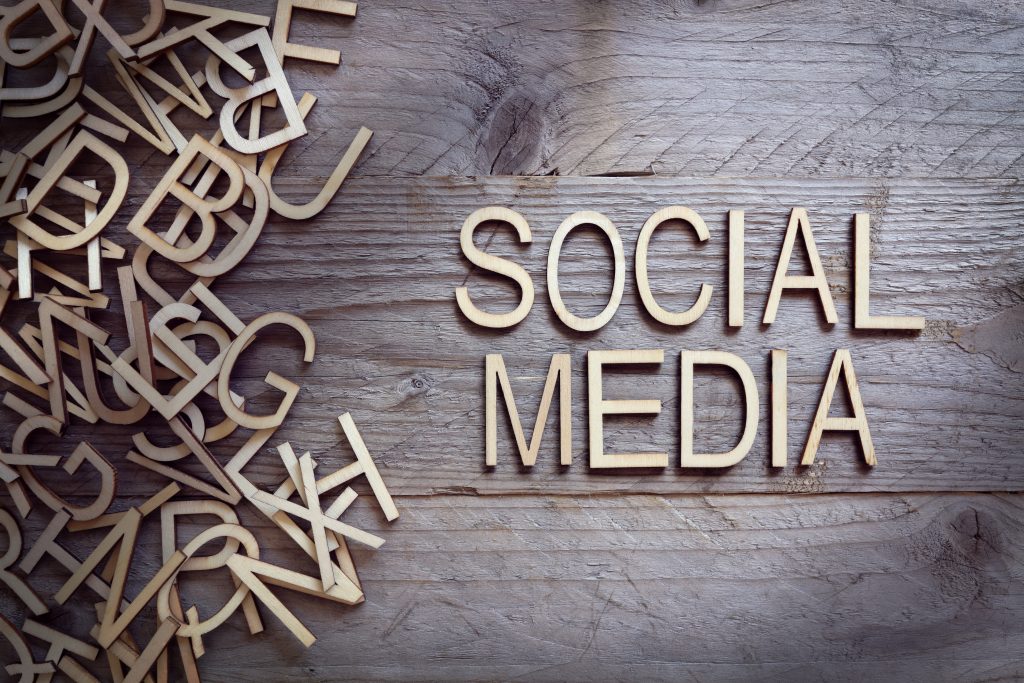
Social media platforms have become an integral part of our 21st Century daily lives and offer a powerful venue for public engagement, digital marketing, and fundraising. The use of social media tools cannot be understated, especially when the distribution of immediate communication becomes necessary due to weather events, public health concerns, lockdowns, or other critical situations. As a public charter school, it is essential to have a social media presence to communicate effectively with parents, students, and the broader community.
A social networking presence can enhance a school’s reputation. An online presence can increase the school’s visibility and its ability to collaborate with the community. A lack of a social media presence might not jeopardize that reputation, but that scenario will likely soon change as it did for late adopters of mobile phones and websites.
Parents consider social media an important layer of safety as real-time information and multimedia can be posted to keep them informed during the school day, especially when a situation makes immediate communication necessary. Social media can help improve home and school relations in many ways. Those ways can range from scheduling an online meeting with the parents of a struggling student to posting class updates and announcements.
Should Schools Use Social Media Tools to Establish Messaging Authenticity? Yes!
When school administrators decline to engage in social media, invariably, fringe parent groups eventually emerge to create social media accounts for the school, and rarely is the outcome pleasing to school leaders.
Maintaining a social media presence has become essential for administrators to control the school messaging system and its narrative. Otherwise, it’s impossible to compete with rumor mills or malicious attacks that are quickly spreading through instant communication, which parents and other parties duplicate and share thinking that they are promoting facts. By the time the school is able to respond via letter, robocall, or email, the damage can already be significant, and it could take weeks, if not longer, to unwind the false or incorrect messages others have initiated.
Having an official social media platform can establish an important rule, “Do not accept information from any other source as accurate if it does not appear here or conflicts with what we have shared.”
Benefits of Social Media in Education
There is no question the power of social media also can help you showcase your students’ achievements, share updates on upcoming events, and provide a platform for parents to voice their concerns or ask questions. Education institutions with social media venues can offer a great opportunity for students to create content that showcases their work. And although the news media by far has the greatest reach when it comes to school activities, social media can get out the word if breaking news takes expected press from an event or during the times the media opts not to provide coverage.
By having an active presence on social media, your school can foster a sense of community and encourage greater participation from parents, students, and community members. Engaging with communities is a best practice digital marketers recommend for relationship building. It helps you understand what is on the public’s mind, and it’s changing the way organization do business across the board.
Social media can be an effective tool for educational institutions to funding from philanthropists and other donors. Many philanthropists are active on social media and use it to identify organizations they would support or as part of their background checks when whittling down their shortlist of potential recipients. An active social media presence can help you gain visibility and attract funding from potential donors. There are plenty of tried and true and new apps available to help organizations post relevant messages using a specific hashtag along with other numerous ways that help capture donors’ attention.
Concerns about Social Media in Education
Regarding concerns about negative comments or inappropriate behavior, keep in mind all schools share this concern, including those who successfully use social media. There are tools and strategies available to help mitigate such issues. For example, social media platforms such as Facebook and Twitter have robust moderation tools that allow you to review and remove inappropriate comments.
You can also establish clear social media policies and guidelines that outline acceptable behavior and consequences for violations. Based on some schools’ concerns and experiences, it would be best for you to issue those guidelines well before going live online. And it would be ok to launch your social media presence at the beginning of the 2023-24 school year, preceded by a quiet launch in the summer for testing and staff training purposes.
Also, it is important to note that social media communities are largely self-policing. Users tend to reprimand the bad guys, and they have the ability to report inappropriate behavior. Social media platforms have mechanisms in place to quickly evaluate and address such reports.
Using Social Media In Education: Choosing Platforms
Regarding specific social media accounts, we recommend establishing a presence on Facebook, Twitter, and Instagram. These platforms are widely used and offer a range of tools and features to support public engagement and fundraising.
Facebook has over 2.8 billion monthly active users, making it the largest social media network globally. It offers a comprehensive set of features and tools to help schools connect with the wider public, promote their brands, and build communities.
Twitter has 330 million monthly active users, and it’s a popular platform for sharing news, updates, and engaging with followers. It can help schools to build a voice, express their values and opinions, and connect with their audiences in real-time.
Instagram has over 1 billion monthly active users and is highly visual. It allows schools to share photos and videos, showcase events activities, and create a visually pleasing aesthetic to attract followers. Instagram can integrate into Facebook, meaning that anything posted on Instagram will be duplicated on Facebook. Of course, there are specialized tools that Philadelphia public relations agencies such as Sylvia Marketing & Public Relations uses both locally and throughout the United States to update clients’ multiple accounts with a single click.
Overall, each tool has a unique audience and set of features, so it’s important to choose the one(s) that align with your business goals and target audience.
You need not get involved in every venue that hits the marketplace.
Role of Social Media In the Classroom
Considering the increasing importance of technology in today’s society, families may expect schools to integrate technology into their curricula, and an active social media presence may be one way to showcase their technological initiatives. Social media platforms such as Facebook, Instagram, and Twitter provide schools with a convenient way to reach out to the community, communicate important updates, and share accomplishments.
Benefits of Social Media Use – By the Numbers
According to a survey by the National Association of Independent Schools (NAIS), 82% of schools acknowledged the importance of social media for communicating with parents and keeping them informed. Furthermore, 68% of parents surveyed considered social media as an essential source of communication from their child’s school.
Therefore, an active social media presence can help build a sense of community and improve its brand image. By providing timely and relevant content, schools can engage parents, students, and faculty and promote more comprehensive and collaborative communication.
Social Media in School: Recap of Social Media Use to Help Students Learn and Administrators Mange
In summary, establishing a social media presence is critical to public engagement, enhancing classroom learning, and fundraising. By developing a clear and consistent social media strategy, you can enhance your organization’s reputation, attract funding from philanthropists, and engage with your community in a positive and meaningful way. Ultimately whether your school goes on social media comes down to your best judgment. If you are struggling with the decision of whether to use social media for your school, give us a call for a no charge consultation.
